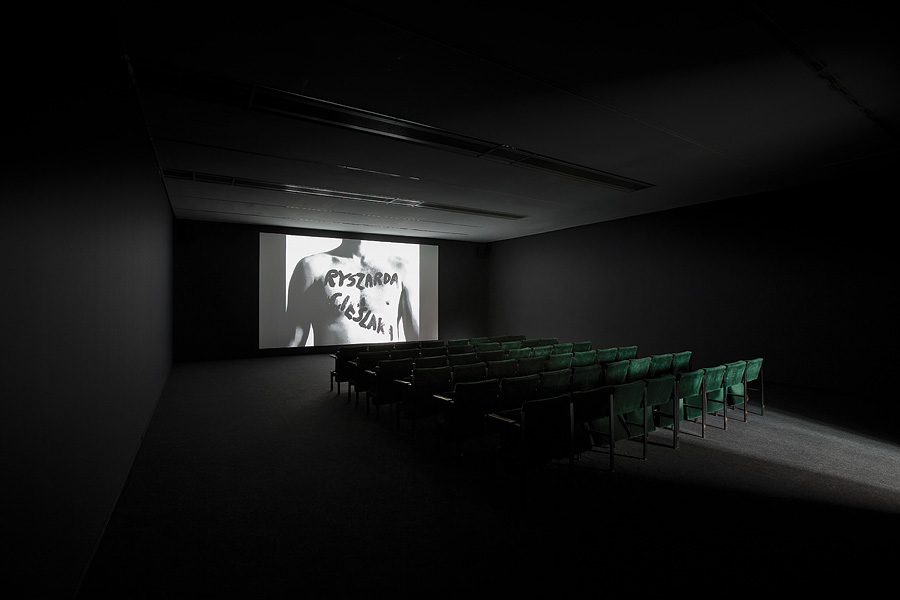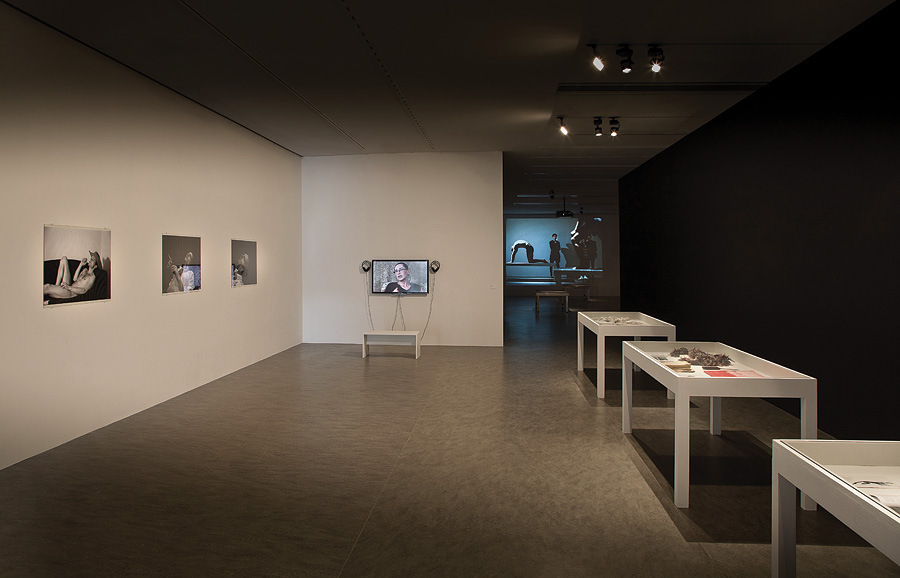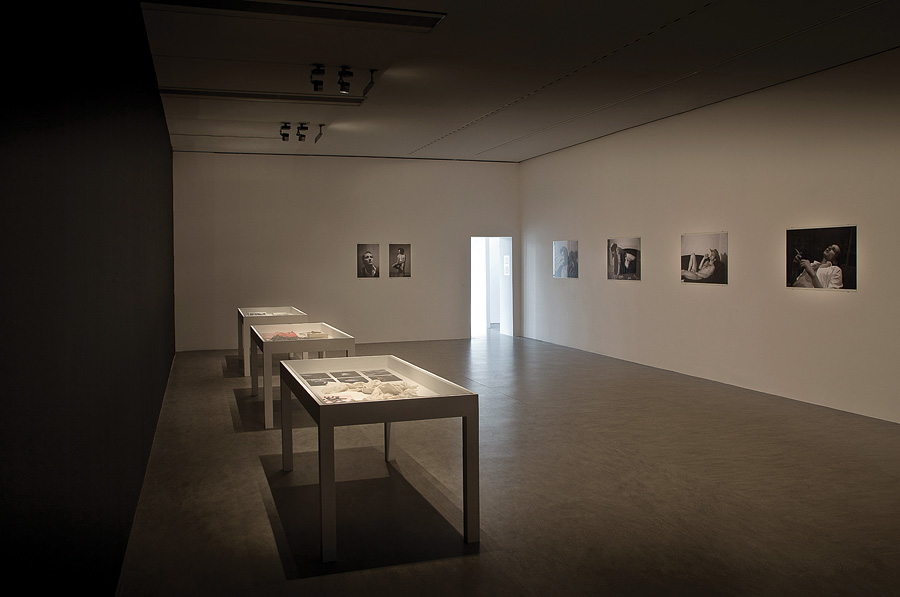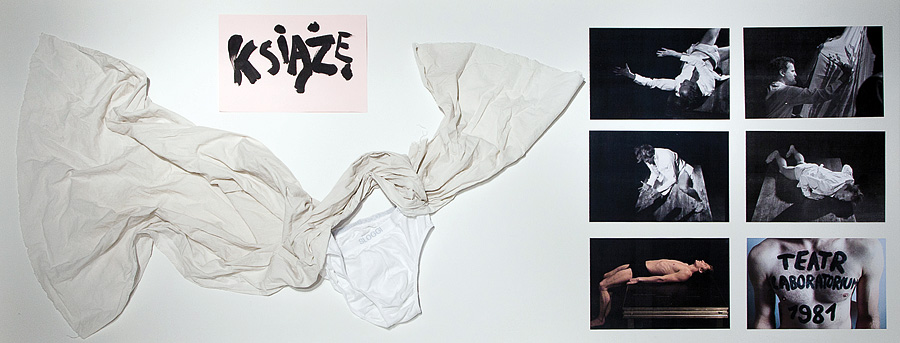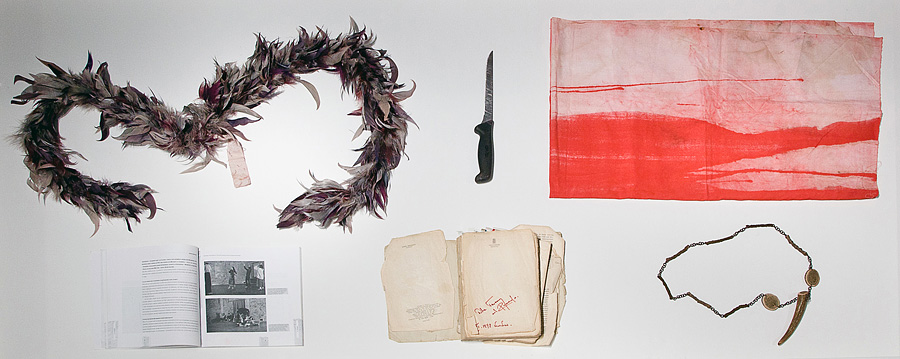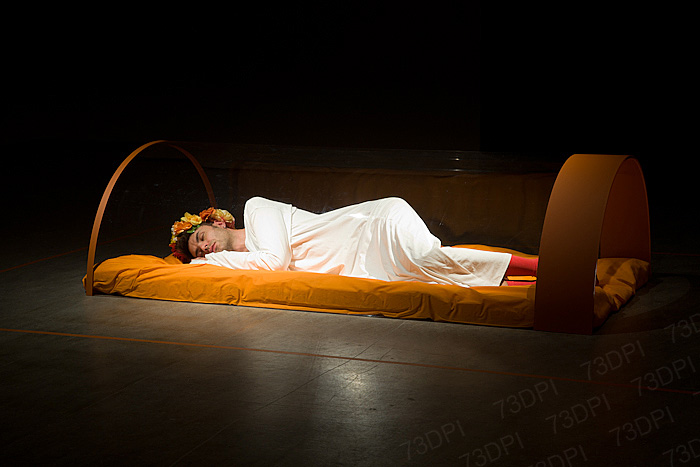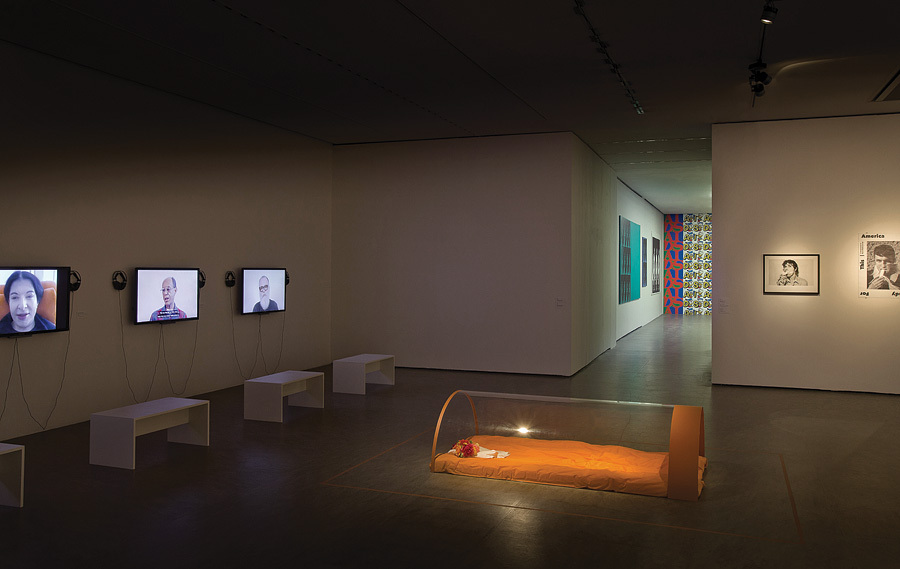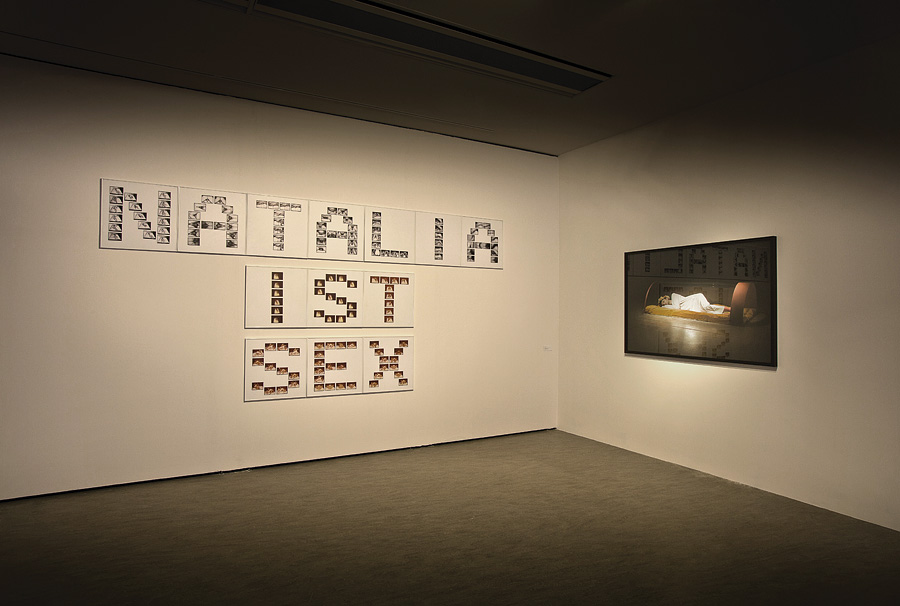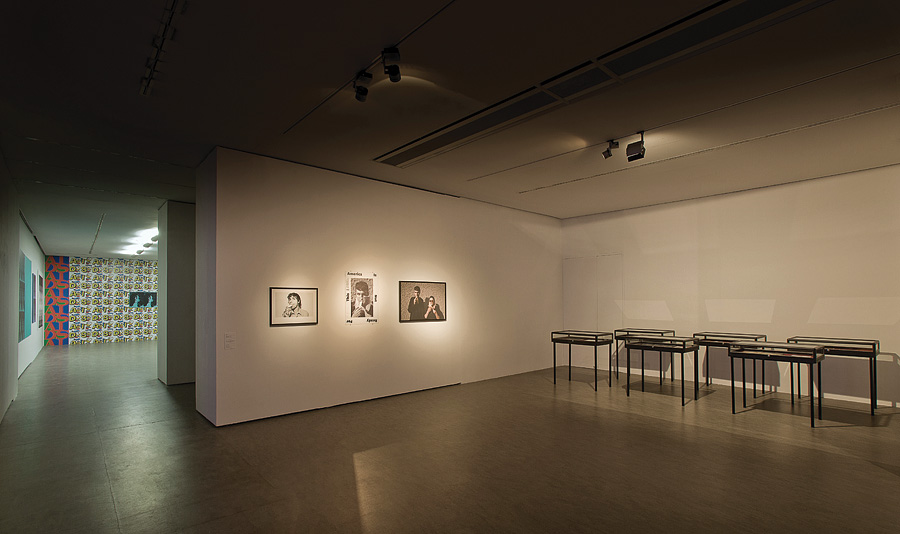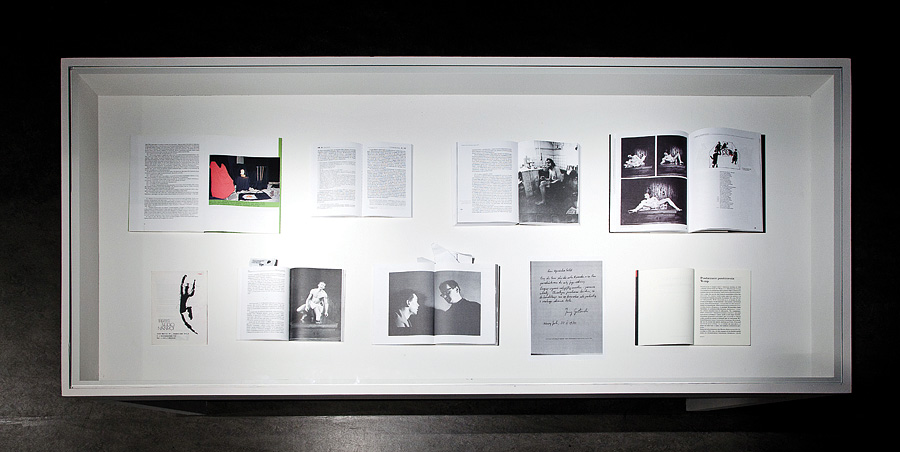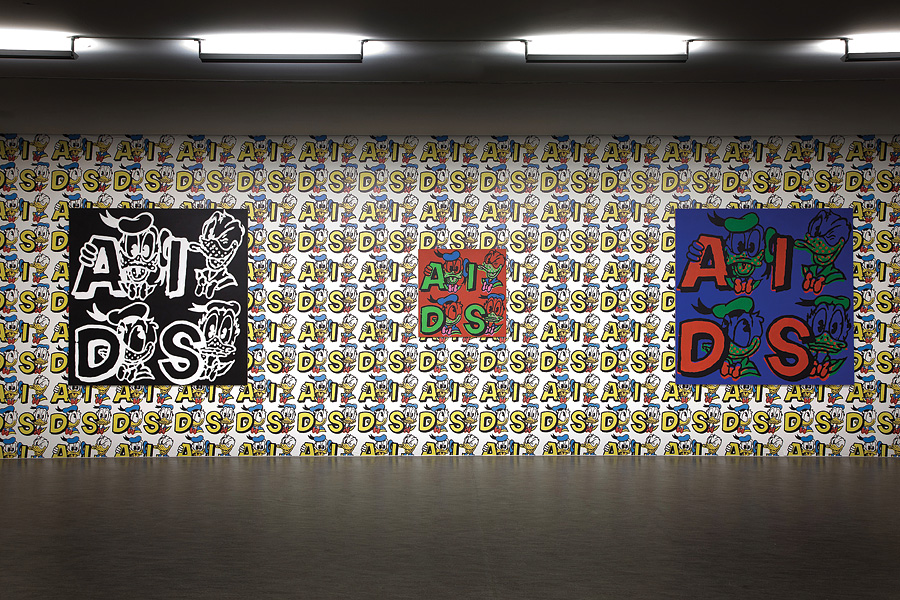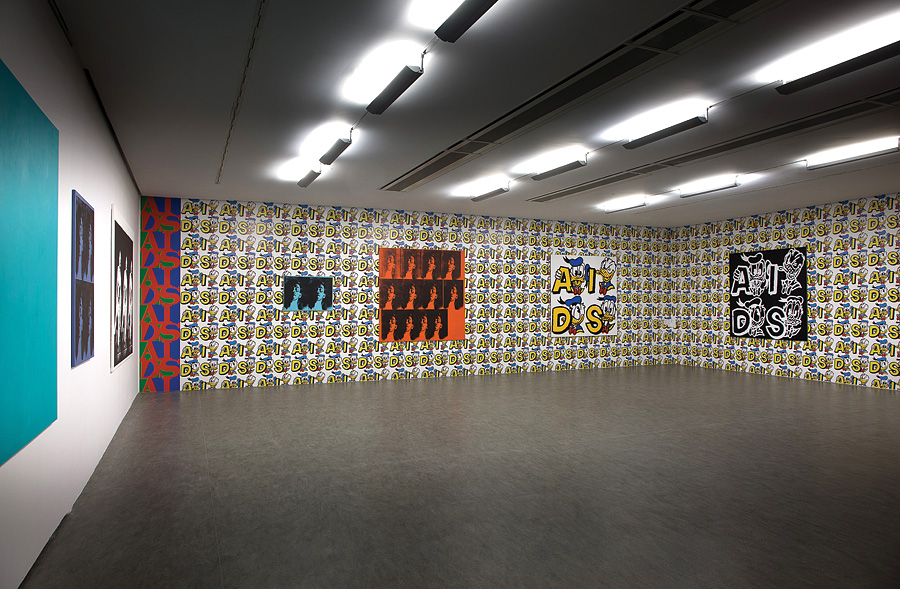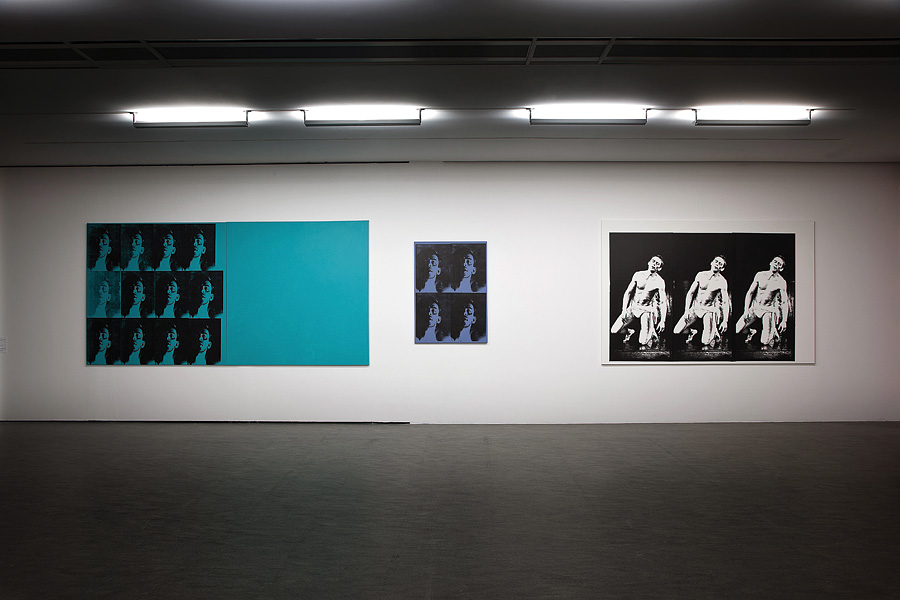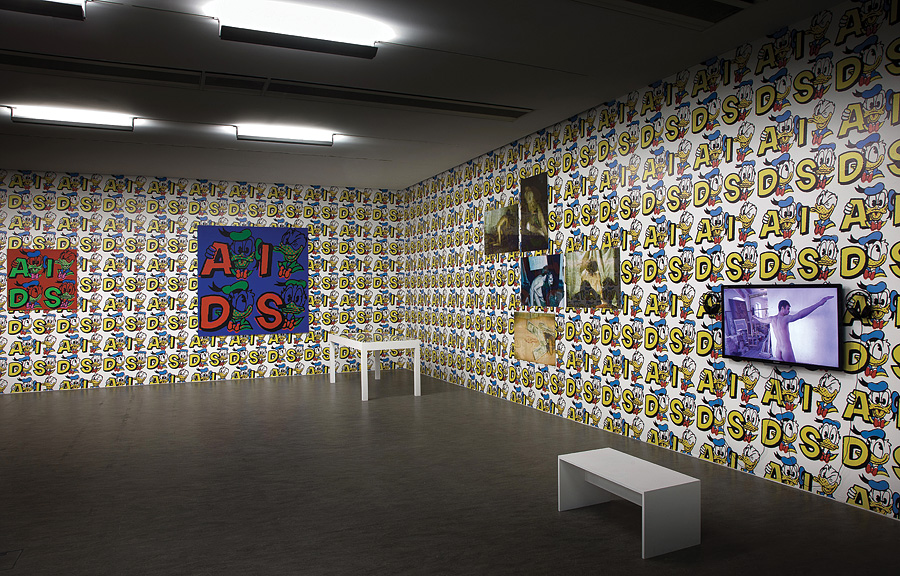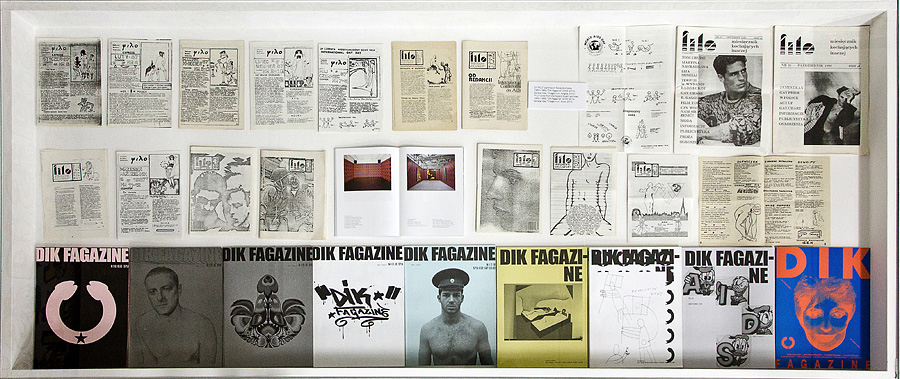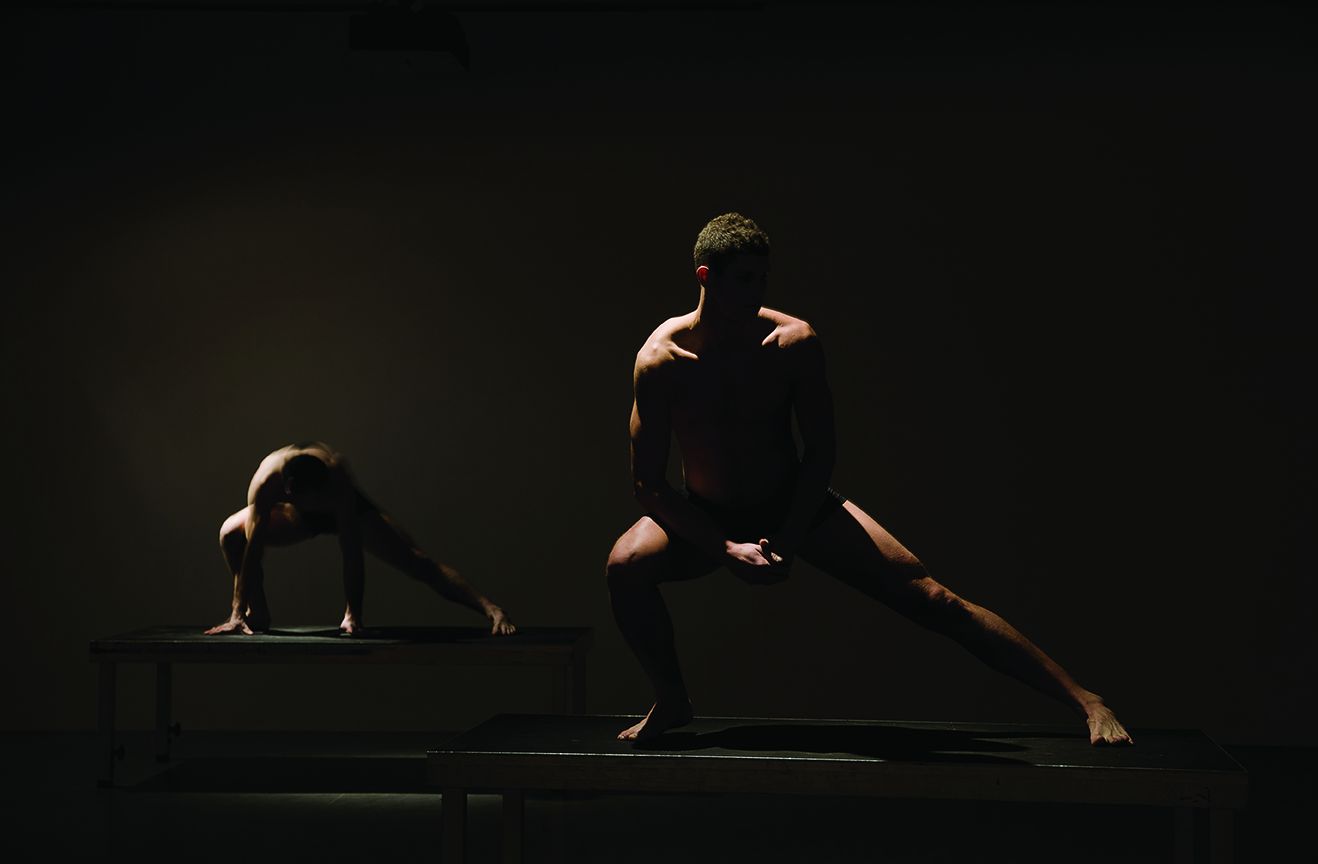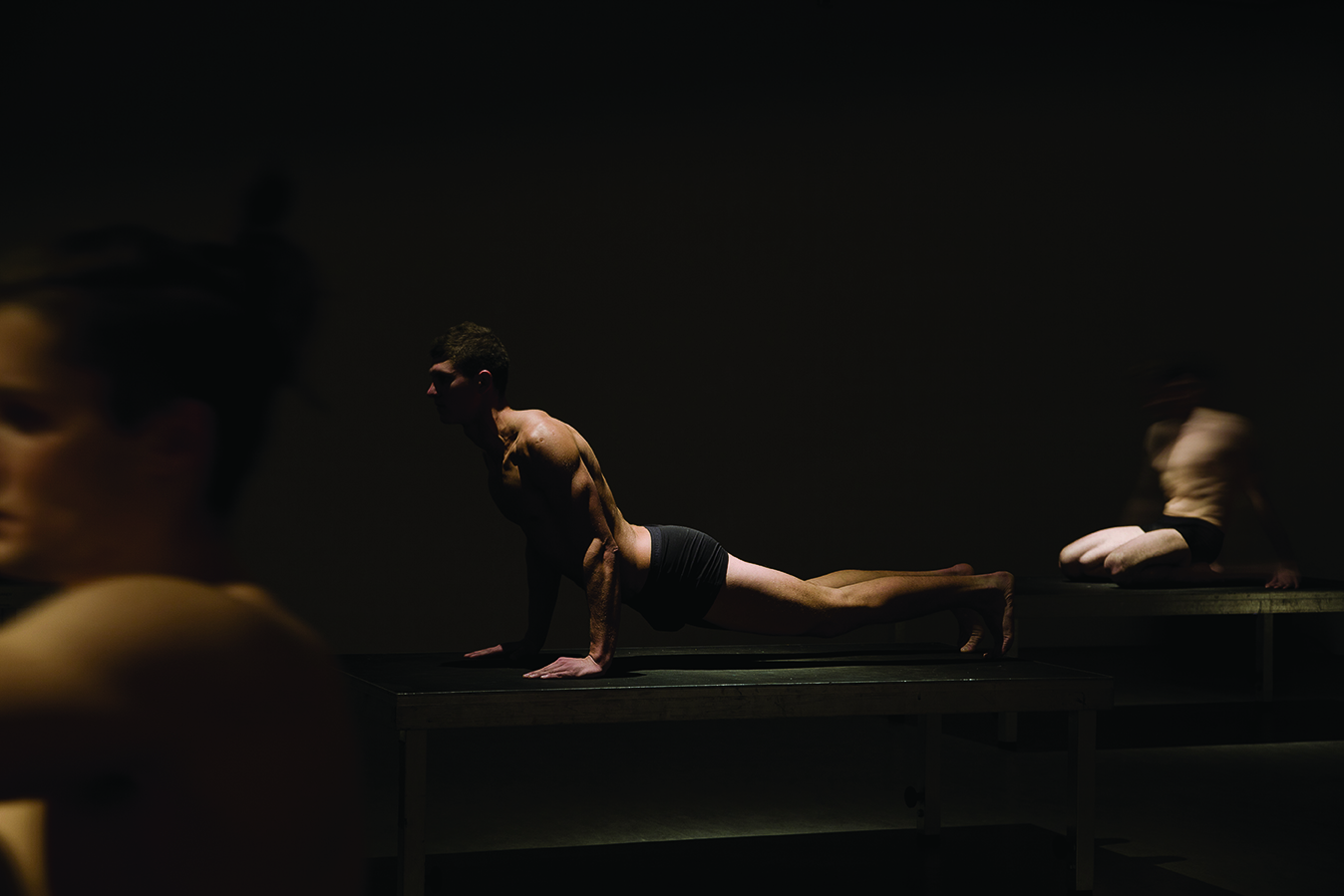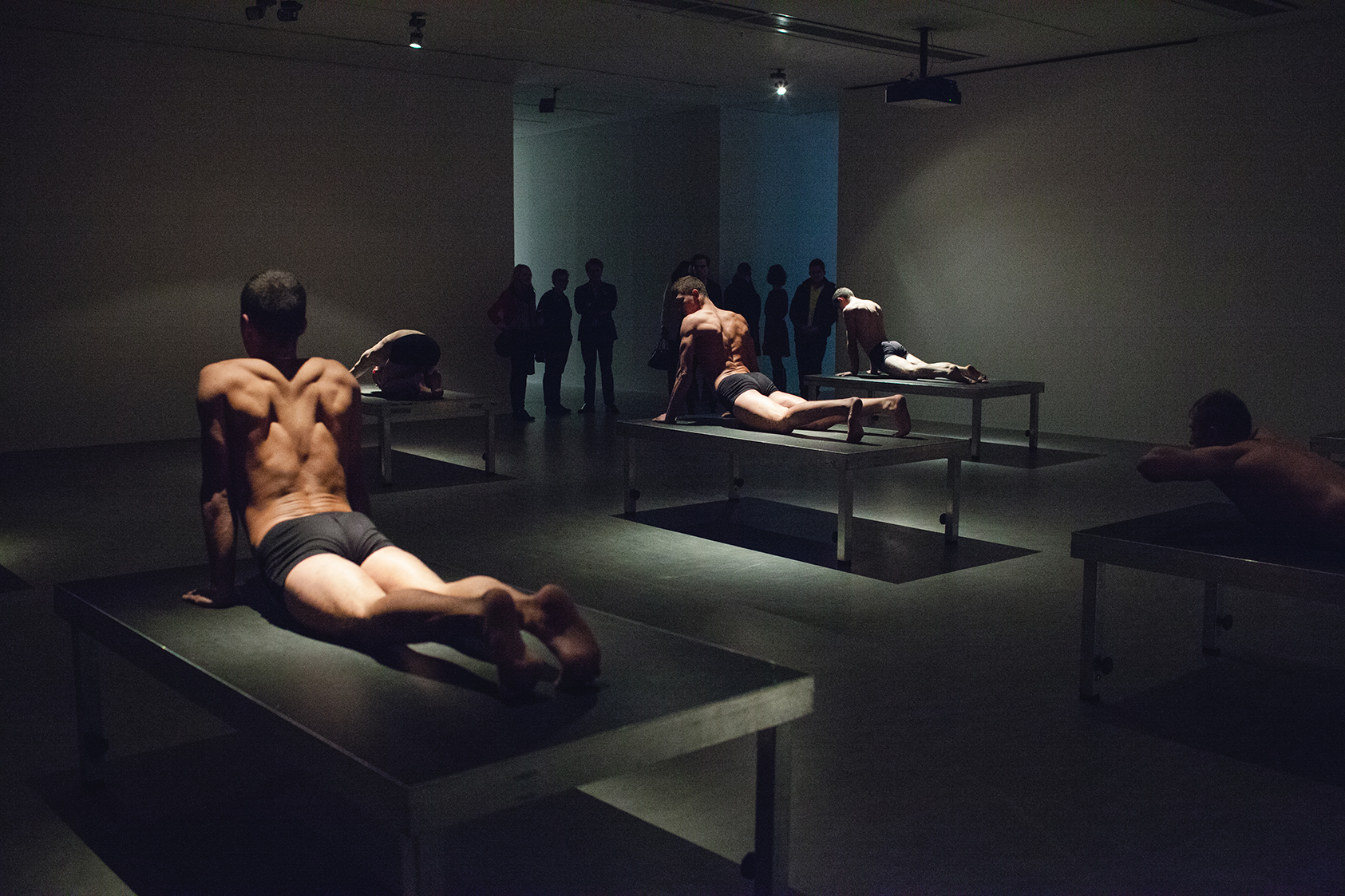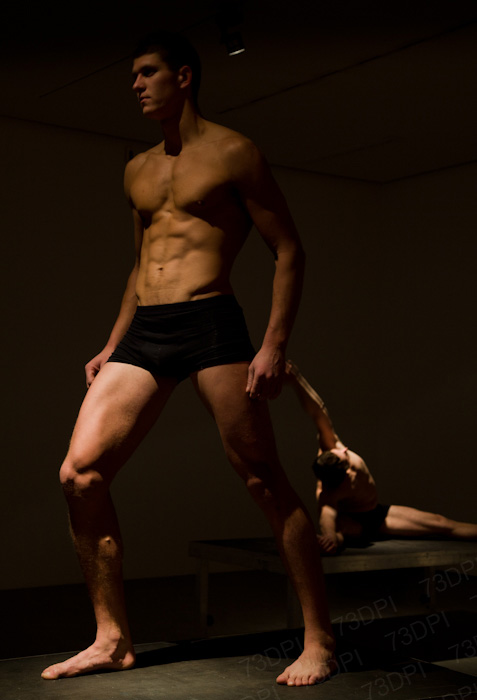Karol Radziszewski
The Prince and Queens
November, 2014
CoCA. Center of Contemporary Art, Torun, Poland
The Prince and Queens is the fullest exhibition ever devoted to Karol Radziszewski’s provocative work, aimed to underline his multifaceted and irreverent research, as well as his archive-based methodology, that spanned multiple cultural, historical, religious, social and gender references. The exhibition's title ironically states the three extremes of this project, based on the work of Jerzy Grotowski, Natalia LL, and the collective General Idea; different figures, chosen by the artist to investigate the concepts related to the body and identity, central themes in Radziszewski’s oeuvre.
The Prince (2014) is an attempt to look at director Jerzy Grotowski by examioning his most famous actor Ryszard Cieślak who’s role in The Constant Prince (1966) was radical in its character development and an example of Grotowski’s way of looking at the body. Radziszewski reconstructs Ryszard Cieślak’s biography on the basis of archival materials which are then improvised and played out in order to blur the borders between historical facts and potential fantasies.
America Is Not Ready For This (2011-14) is a work that confronts both Polish and Western narratives of art history. Acting as an open archive, the work draws parallels between the artistic experiences of Natalia LL and Radziszewski, raising questions around gender, feminist art, conceptual art, queer and East-West relations and their impact on art history in the context of the Iron Curtain.
Radziszewski’s Kisieland project (2009-ongoing) references the“AIDS era”(1989-94) and creates a short circuit with the subversive practice of General Idea (a collective formed in 1969 by AA Bronson, Felix Partz and Jorge Zontal). Based on Ryszard Kisiel, the personality behind the first East-Central European gay-zine “Filo”, Radziszewski juxtaposes archival materials as a reaction to the Polish anti-gay militia campaign “Hiacynt”, with his strategy of appropriation through multiple forms such as prints, paintings and wallpaper.
This recombined collection images, ideas and artworks, offers Radziszewski’s counter-interpretation, alternative meanings presented in form of a process-oriented, subjective and subtly embodied research. This is especially visible in the strategies of “re-enactment” and its core relationship to performance. In doing so the work examines the value and use of historical documentation, and is aimed at presenting the body as an archive.
